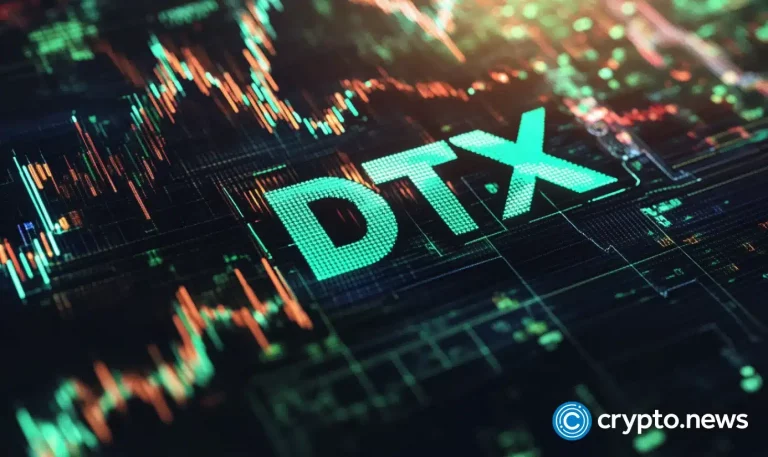If you’ve just unwrapped a new Xbox Series X or Series S for Christmas, you’ll have enough storage out of the box to download several games. But you’ll quickly feel the squeeze from 100GB-plus installs, especially if you tend to keep a heavy rotation. Expansion cards are your only relief on Xbox consoles if you’re playing titles optimized for Series X/S. Thankfully, you can get a 2TB expansion card cheaper than ever, with Western Digital’s WD_Black C50 going for $189.99 ($70 off) at Amazon. You can also get it in 512GB for $69.99 ($10 off) and 1TB for $109.99 ($48 off). That said, the 2TB model is the better deal in the long run.
Because the Series X and Series S use a proprietary storage format, you can’t use an external SSD, an internal NVMe SSD (as you could on the PS5), or a standard external hard drive to play newer games that are optimized for those consoles. You can use those hard drives to store Series X/S games, but expansion cards like the C50 are the only ones you can actually play them from. That’s because they support the platform’s “velocity architecture,” which has a minimum speed requirement and uses unique hardware and software tricks to enable console features like Quick Resume, not to mention other benefits for developers. Anyway, you don’t need to be a computer science major to understand the bottom line: if you want more storage for your Series X/S games, you’ll need an expansion card.





![Discover the Top 5 Cryptocurrencies Set to Explode in January 2025 [Updated List]](https://wordupnews.com/wp-content/uploads/2024/12/Screenshot-2024-12-28-at-00.59.16-300x165.png)


















![Discover the Top 5 Cryptocurrencies Set to Explode in January 2025 [Updated List]](https://wordupnews.com/wp-content/uploads/2024/12/Screenshot-2024-12-28-at-00.59.16-768x422.png)

+ There are no comments
Add yours